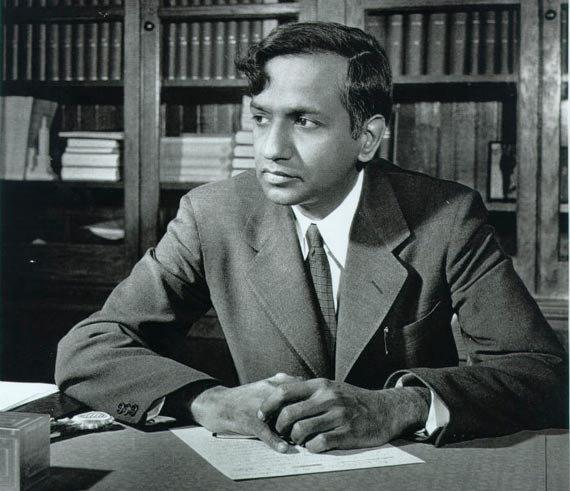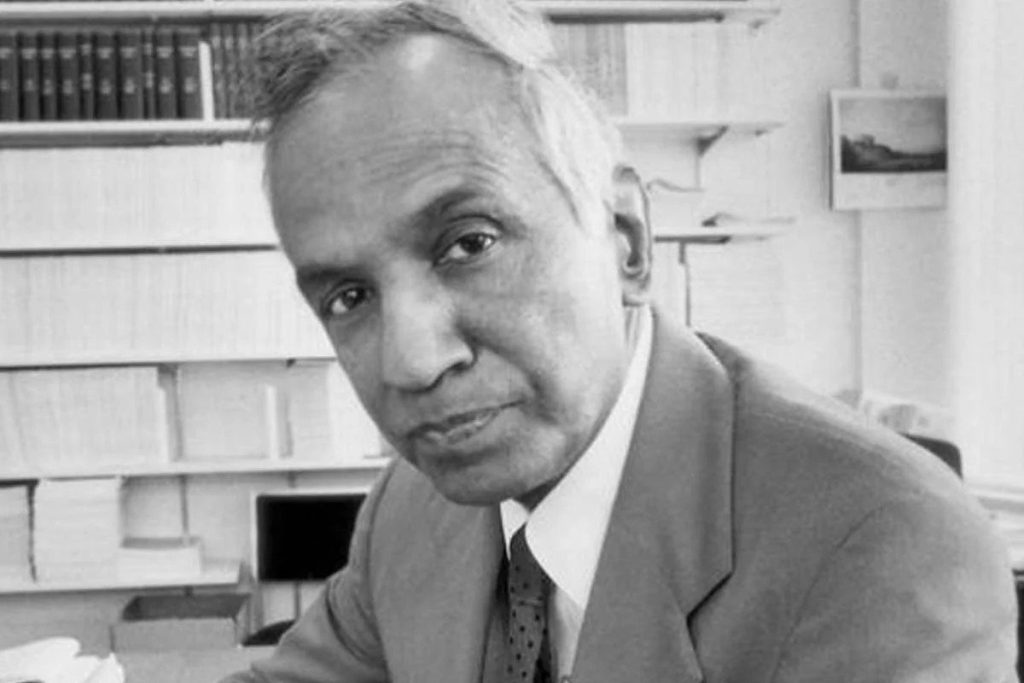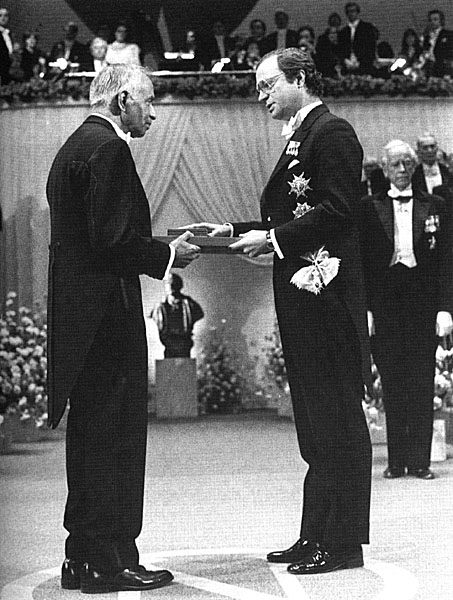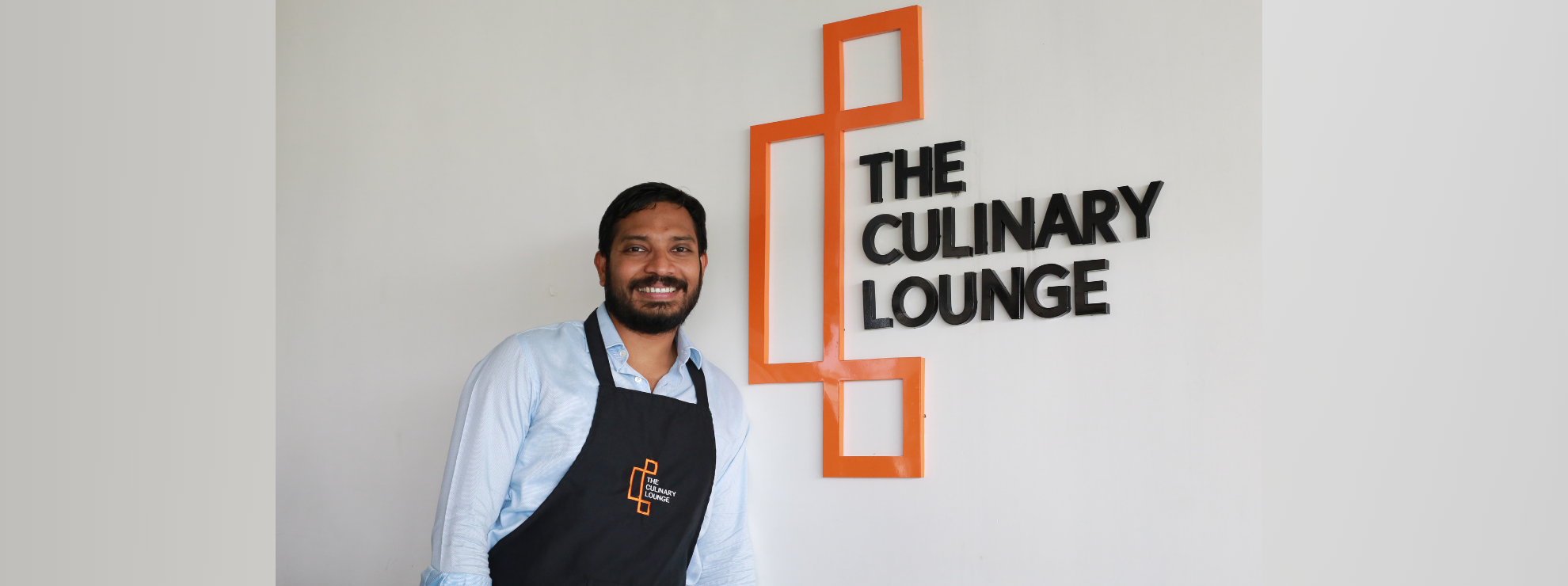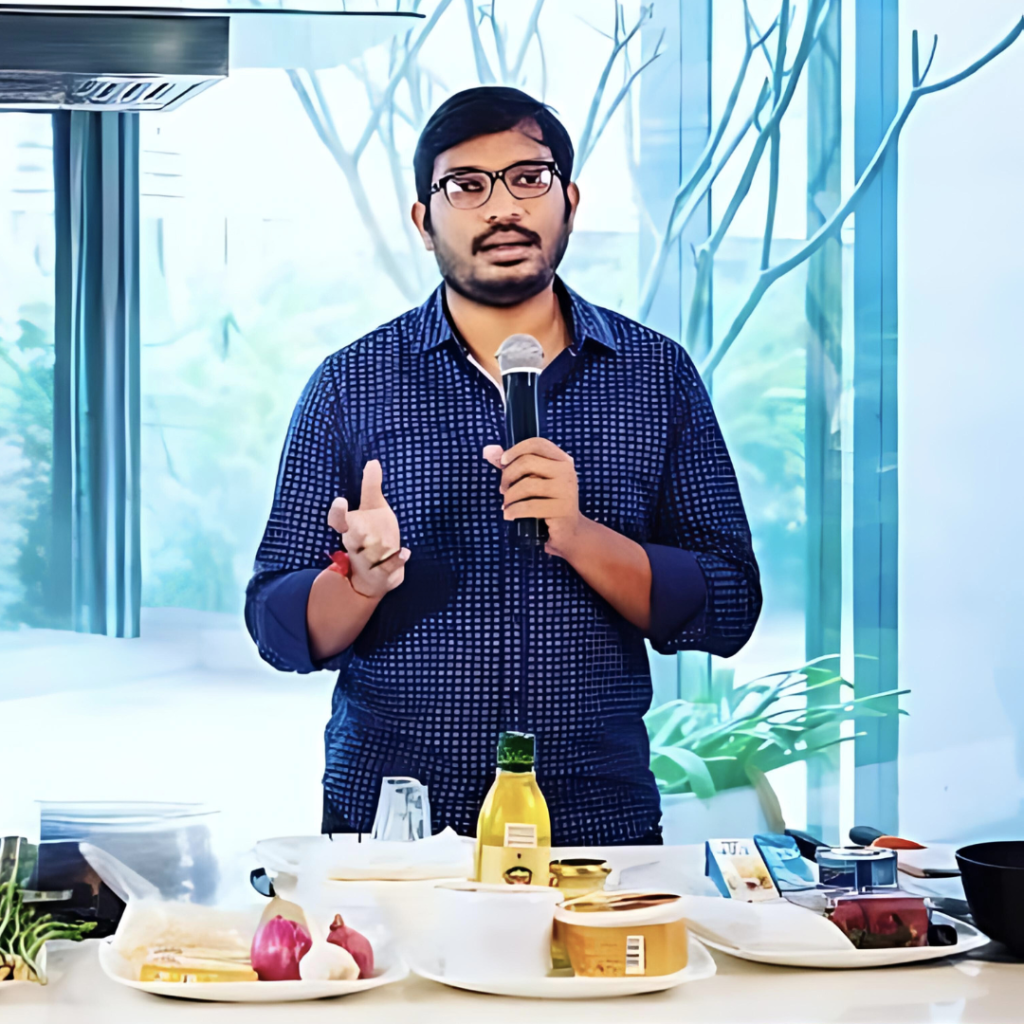(January 4, 2021) Ever tried to house hunt as a single woman in the country? Kept a low profile at family dos to avoid the constant badgering by pesky relatives on your yet single status? Or for that matter had to back out of parties that would permit couples only? In a country where the single woman (over 74.1 million as per the 2011 Census) population struggles with gross under-representation, the issues and pressures faced by single women are simply too many to enumerate. And the loneliness can often be staggering too. Which is why, when Indian author Sreemoyee Piu Kundu released her last book Status Single back in 2018, she had an avalanche of messages from singles from across India. The overwhelming response led to the birth of her now popular online community Status Single.
The community — which has now grown to offline chapters too — is a sort of support network for single women across the country. And now it is set to further spread its branches with the launch of two new offline chapters: in Dubai and the UK. Today, Status Single has over 700 members on WhatsApp groups in six cities, nearly 2,000 on Facebook.
“We’re all just walking each other home,” says 44-year-old Indian author Kundu, a firm believer of Guru Ramdas. “We’re a highly active community on Facebook and share issues, problems, and advice. When the pandemic happened, we realised what a marginalised community we were. There are barely any laws protecting single women in the country,” adds the NDTV Woman of Worth Awardee (2016).
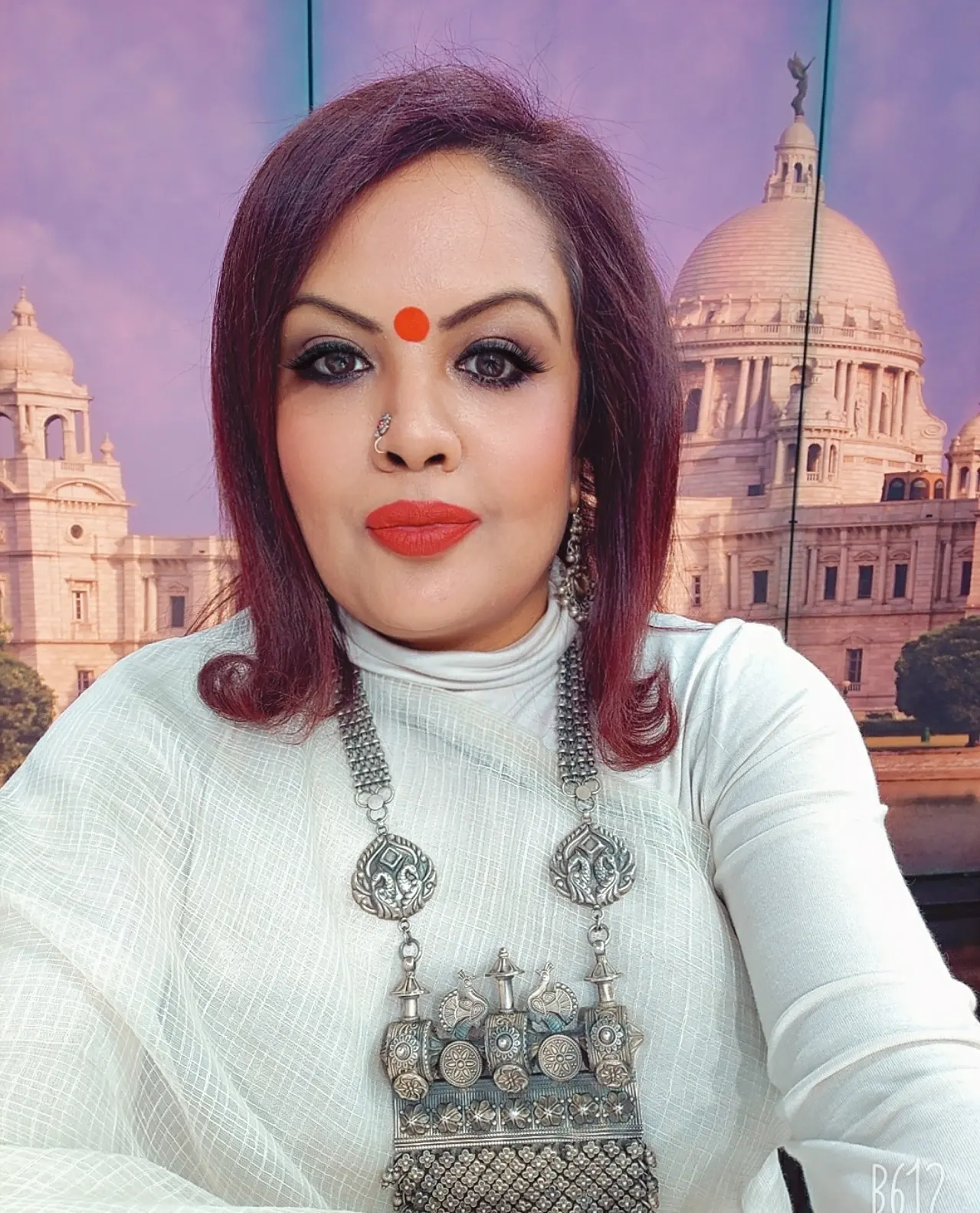
The pandemic and lockdowns threw up several heart-wrenching stories of struggles single women faced in India. From losing jobs to looking for second-hand devices for online classes for their children, solely handling caregiving for aged parents as siblings were married and settled elsewhere, differently-abled women struggling as caregivers had stopped coming, and older single women dealing with loneliness as their children were far away. The stories were many, the problems similar.
“We created a buddy system to check in on each other. We’d do zoom calls to pep them up or fix doctor appointments. Mental health was precarious given that single women had no support structure: many were dealing with loss of jobs, income, pay cuts and shutting down of projects,” Indian author Kundu tells Global Indian. “That is when we realised a Facebook group wouldn’t suffice. So we began organising national Zoom calls every second Sunday. They would last hours, and members would discuss various issues: from the loss of loved ones, grappling with the pandemic, struggling with finances and much more.”
An offline support system
Earlier in 2021, one of the Kolkata chapter leads suggested meeting offline, and the notion took hold. Soon Status Single had offline chapters in several cities – Delhi, Mumbai, Chennai, Lucknow, Bengaluru, etc. Today, it is set to launch its Dubai and UK chapters. “We have a core team in every city and chapter leads. Each month, we choose a topic – women and wealth, self-love, mental health, etc. We also rope in experts from finance, mental health, etc to speak,” says Indian author Kundu, of the workings of Status Single.
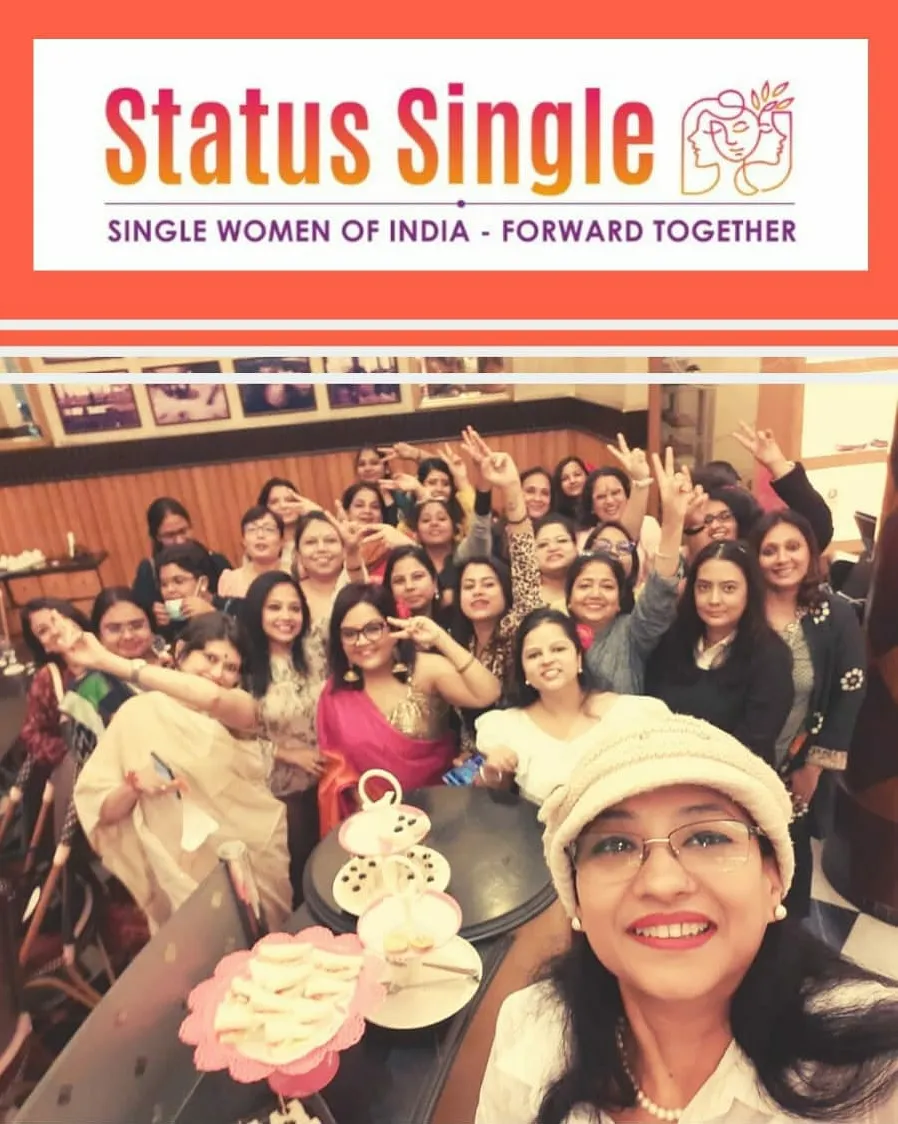
Talking about her role in the community, Kundu says that she feels like a mother, albeit a younger one. “I consider myself to be akin to Gandhari with her 100 children. My work with the community definitely increased since the pandemic in 2020. There were days when I’d field as many as 50 calls from women wanting to join the community. In fact, the community became my strength in many ways,” says the Indian author, who herself battled for her life after a bout of Covid in April 2021. “I’d spent about three weeks in the ICU and it was my community of warrior women that inspired me to fight my best fight. It would’ve been extremely hard to soldier on given all the trauma and death around me. But these strong women inspired me to fight, recover and recuperate.”
Single, and fighting the good fight
Indian author Kundu, who’s proudly living up the single life, has been setting the benchmark for singles across India for a while now. From celebrating her 40th birthday like a wedding where she made vows to herself, to proudly owning her life and all its achievements, this author has no qualms in embracing a life that is quite different from what she’d once dreamt of. “There was a time when I dreamt of getting married, having three kids and a beautiful home. But life led me down a different path. It hasn’t been an easy journey, but I’m enormously proud of the woman I’ve become,” says Kundu, who gave up on her archaeology dreams following an abusive relationship that saw her escaping Kolkata early on.
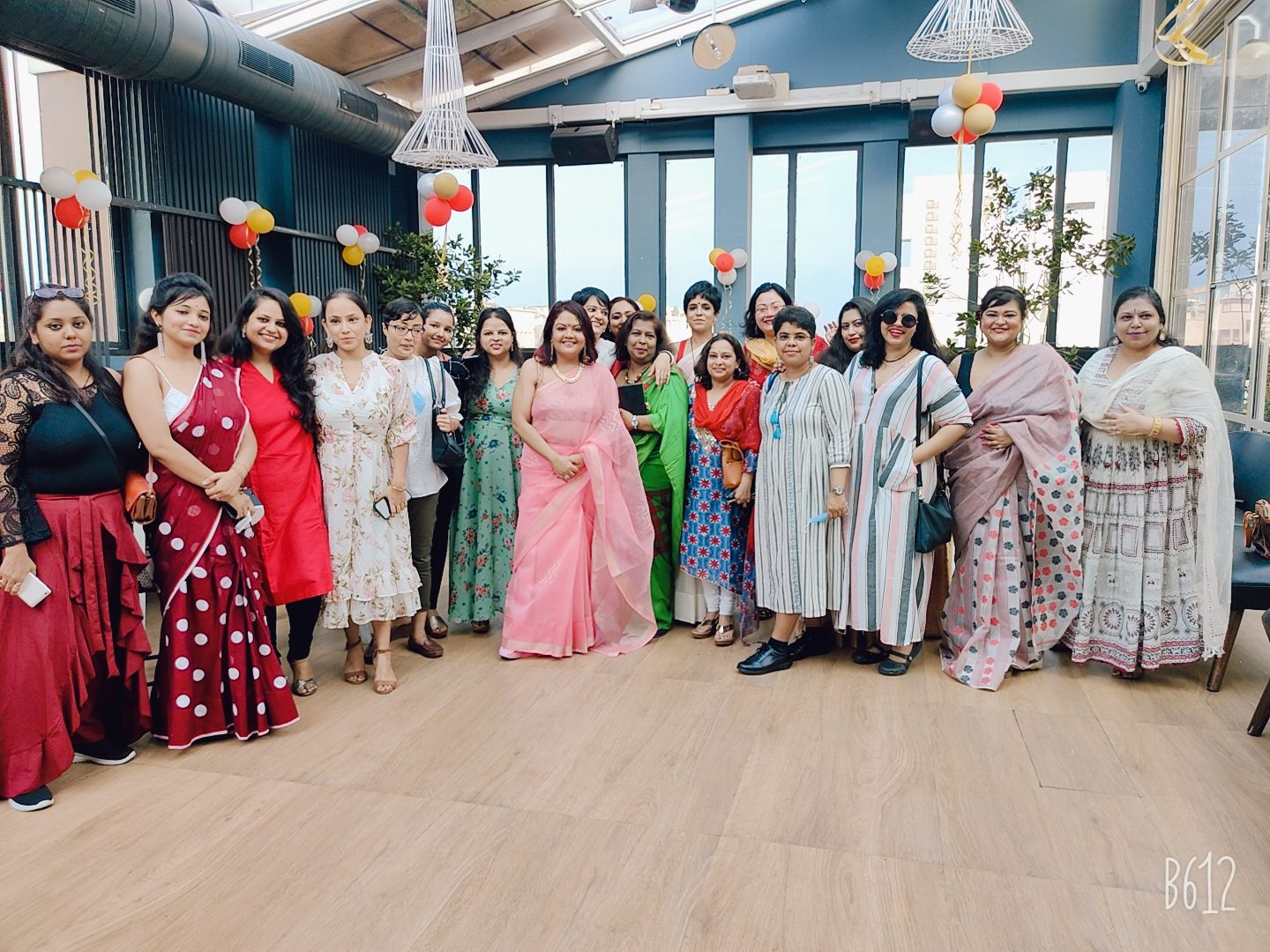
Sreemoyee with the Status Single group at an offline meet up
Her second relationship ended in a broken engagement and a nervous breakdown. A chance job at Asian Age in Delhi changed the course of her life for good. She became an editor at 25 and pursued a career as a journalist for 15 long years before moving to PR as head media strategy. “Books happened quite by accident. I wrote my first book on a holiday in Australia. I came back and impulsively quit my job to turn author and it clicked,” says the Indian author, who is a trendsetter. From becoming the first Indian woman to write about sex with Sita’s Curse to becoming the first Indian woman to writing lad lit with You Got the Wrong Girl, she has been breaking stereotypes for a while now.
For Status Single, the book, which was born out of the Below the Belt column she wrote for DailyO, she interviewed over 3,500 single women – unmarried, divorced, widowed, transwomen or separated. “In a way, I suppose my books shaped me as a community founder, curator of diversity and inclusion events and a chat show host,” says Kundu, who learnt a great deal from her mother, who dealt with widowhood and a single life after the death of her biological father.
“For the longest time, all she did was care for me, her aging parents and her job at Loreto House. She wasn’t allowed to participate in customs and her parents stopped seeing her as a woman… just as a widow. Then she met the man of her dreams and they got married. At age 60, she decided to foster a girl child. I now have a 12-year-old sister. My parents have always stood by my choices and are proud of all that I do. But I’ve largely walked the path alone on this journey,” says the Indian author, who is currently working on Unhealed, her second non-fiction book after Status Single to be released in mid-2022 by Bloomsbury.
Lessons in life
From dealing with abuse, abandonment, loneliness to becoming a celebrated author and now a community founder, Kundu has come into her own. She is working to expand Status Single and hopefully turn it into an organisation this year. “It needs a sense of structure and hierarchy. Becoming an organisation will help us spread our wings and probably rope in investors for funding to expand,” signs off Kundu.
Follow Sreemoyee Piu Kundu on LinkedIn
Follow Status Single on Facebook and Instagram



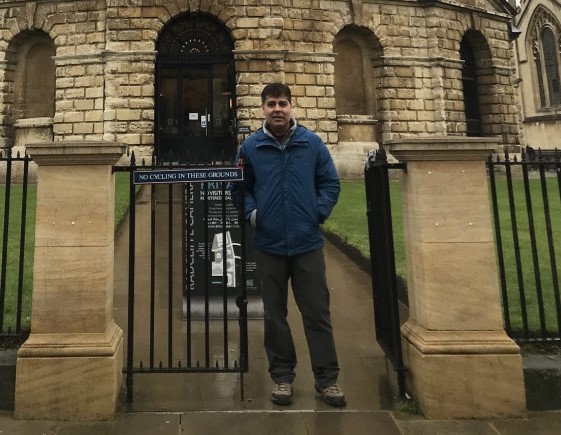 Ashutosh Mehndiratta[/caption]
Ashutosh Mehndiratta[/caption]


 Prajakta Koli has become a force to reckon with.[/caption]
Prajakta Koli has become a force to reckon with.[/caption]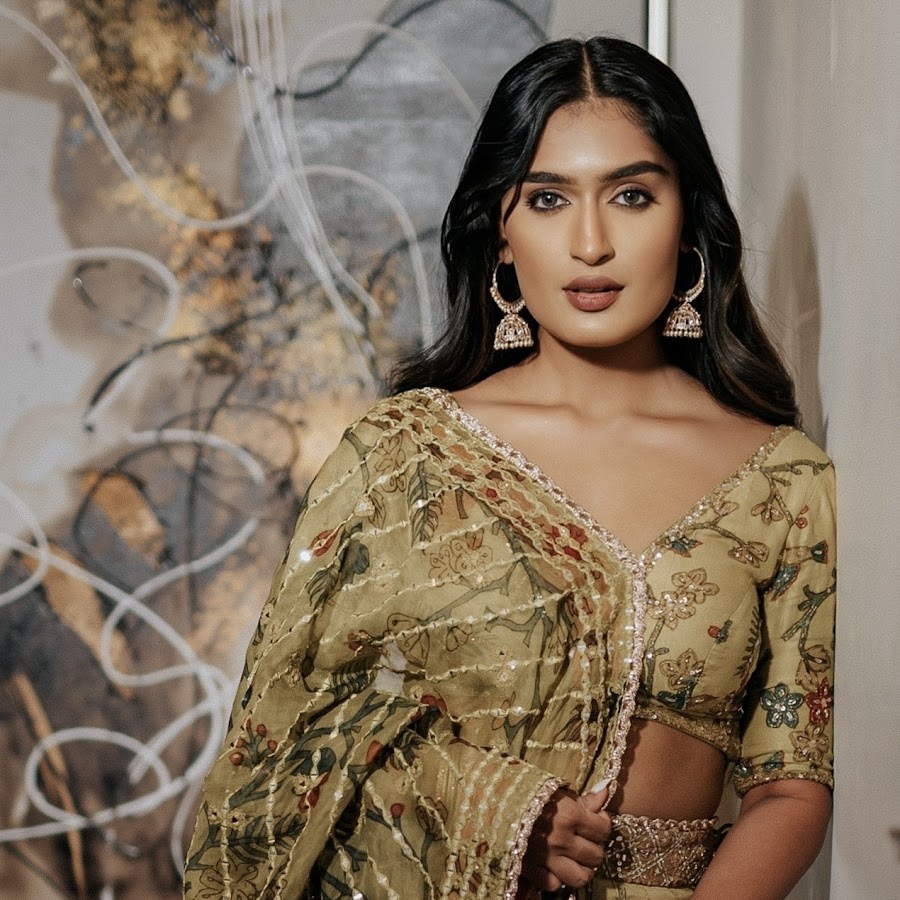 Niharika NM[/caption]
Niharika NM[/caption] Diipa Khosla[/caption]
Diipa Khosla[/caption]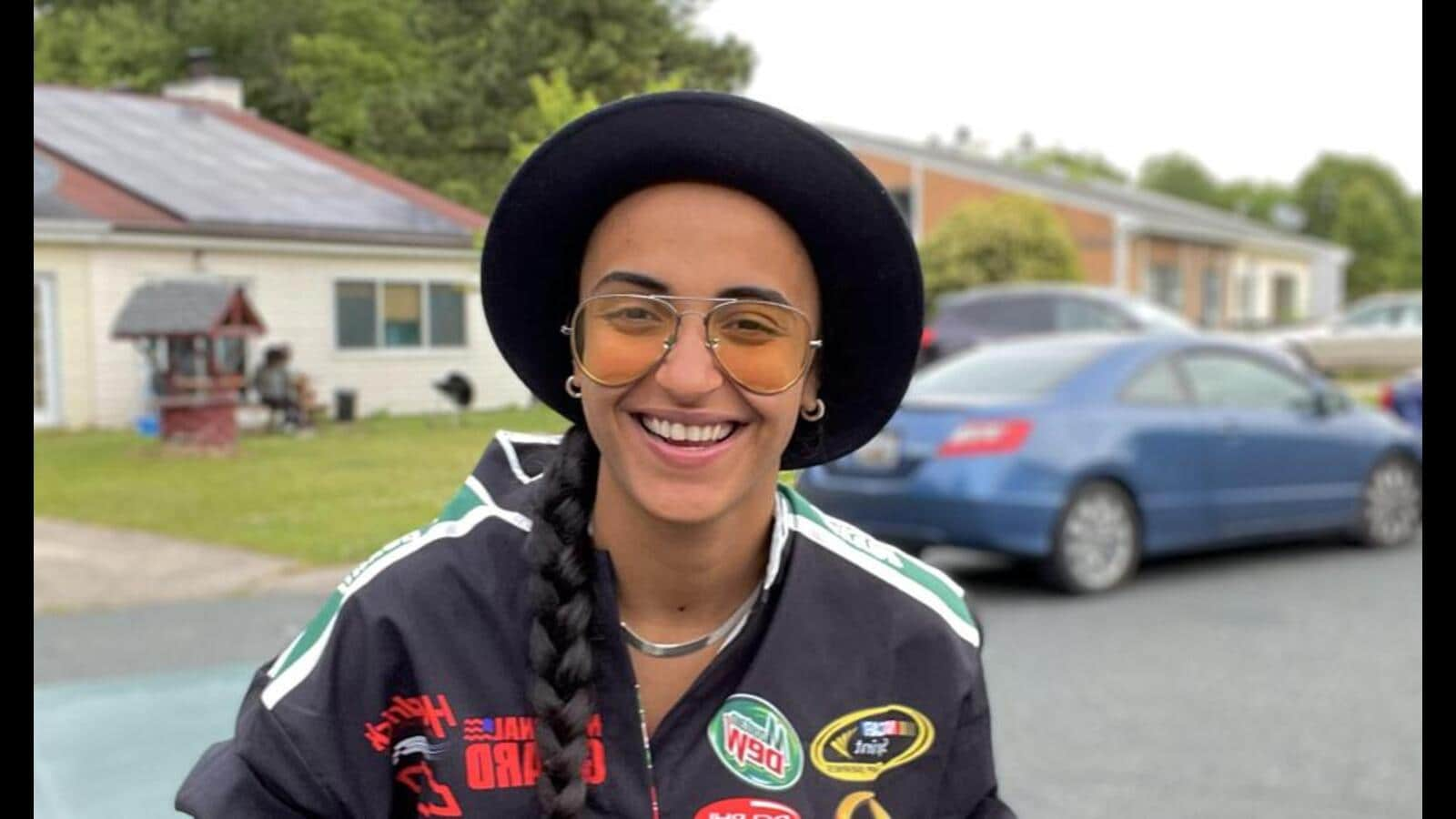 Ruhe Dosani[/caption]
Ruhe Dosani[/caption]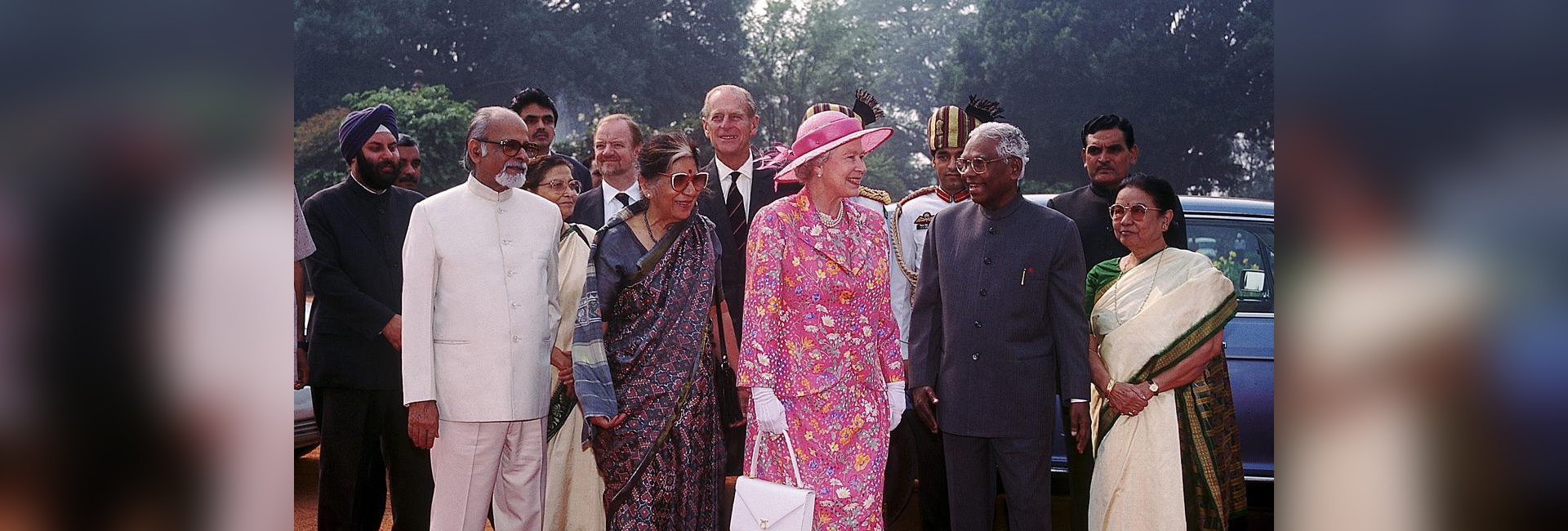
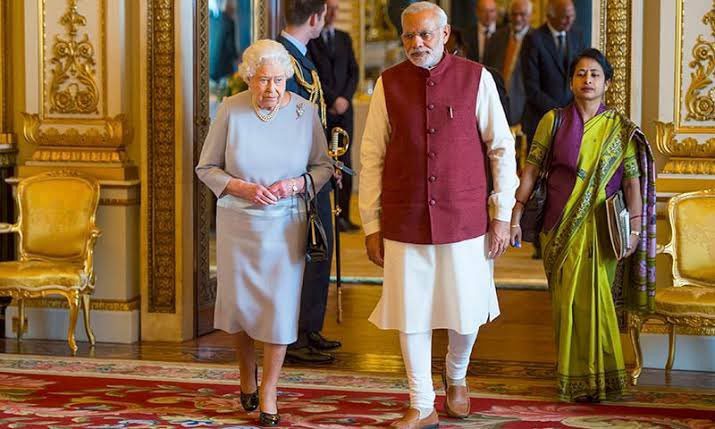 Queen Elizabeth II with PM Narendra Modi. Photo:
Queen Elizabeth II with PM Narendra Modi. Photo: 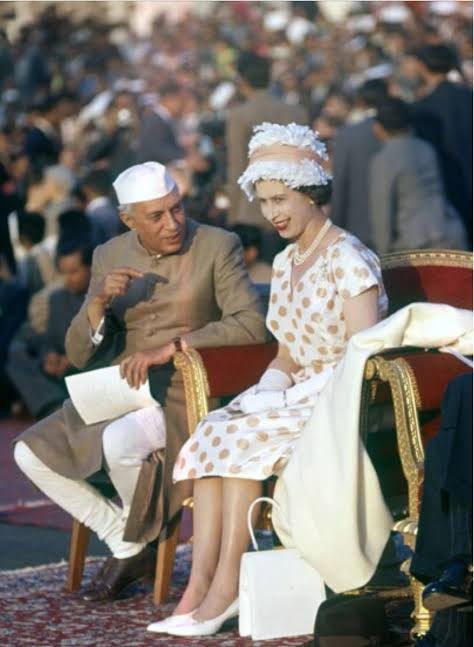 The Queen with former Prime Minister Jawaharlal Nehru at the Republic Day Parade, 1963[/caption]
The Queen with former Prime Minister Jawaharlal Nehru at the Republic Day Parade, 1963[/caption]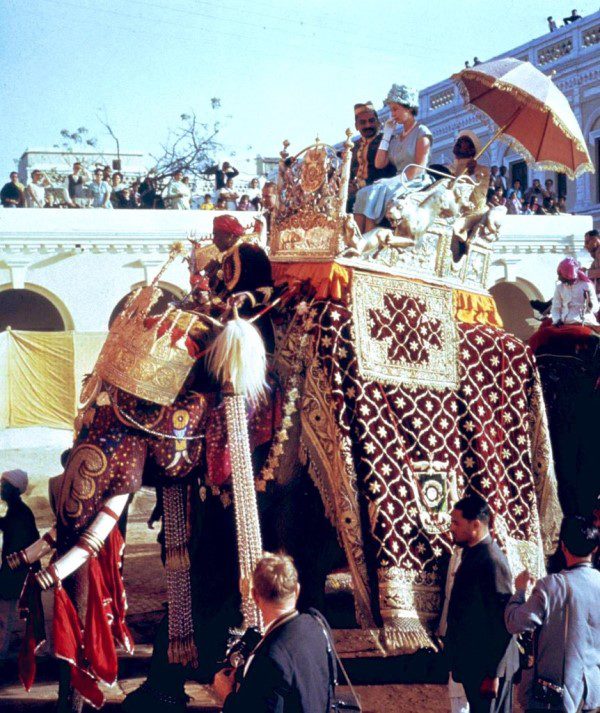 Atop an elephant in Benares[/caption]
Atop an elephant in Benares[/caption]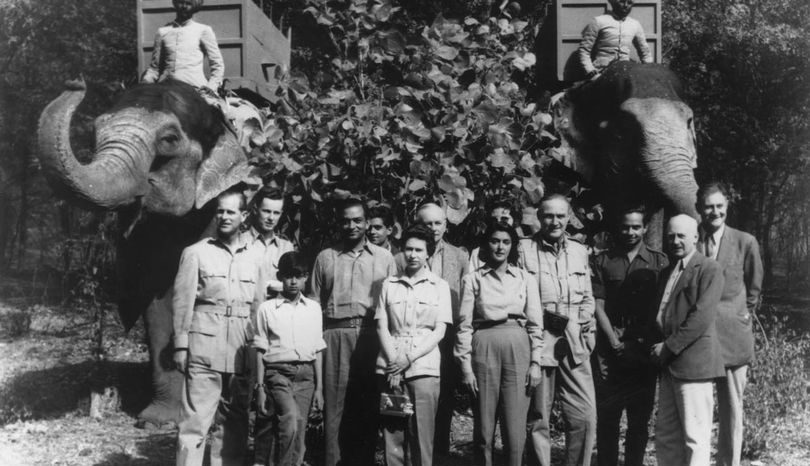 After the controversial tiger hunt in Jaipur[/caption]
After the controversial tiger hunt in Jaipur[/caption]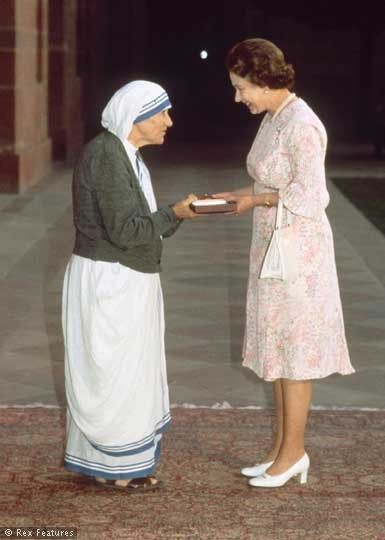
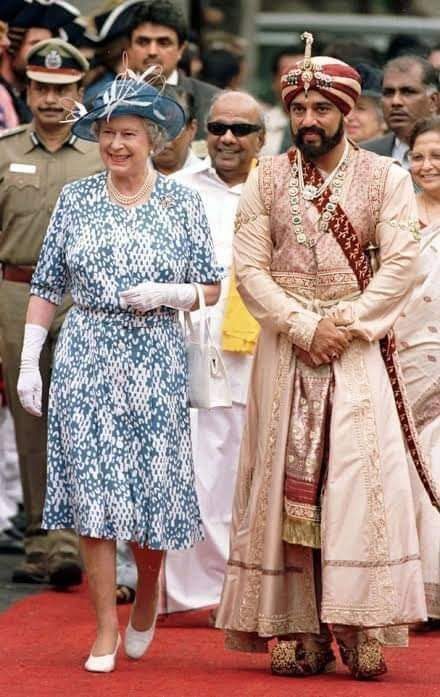 Her Majesty with Kamal Haasan during the shooting of Marudhanayagam[/caption]
Her Majesty with Kamal Haasan during the shooting of Marudhanayagam[/caption]
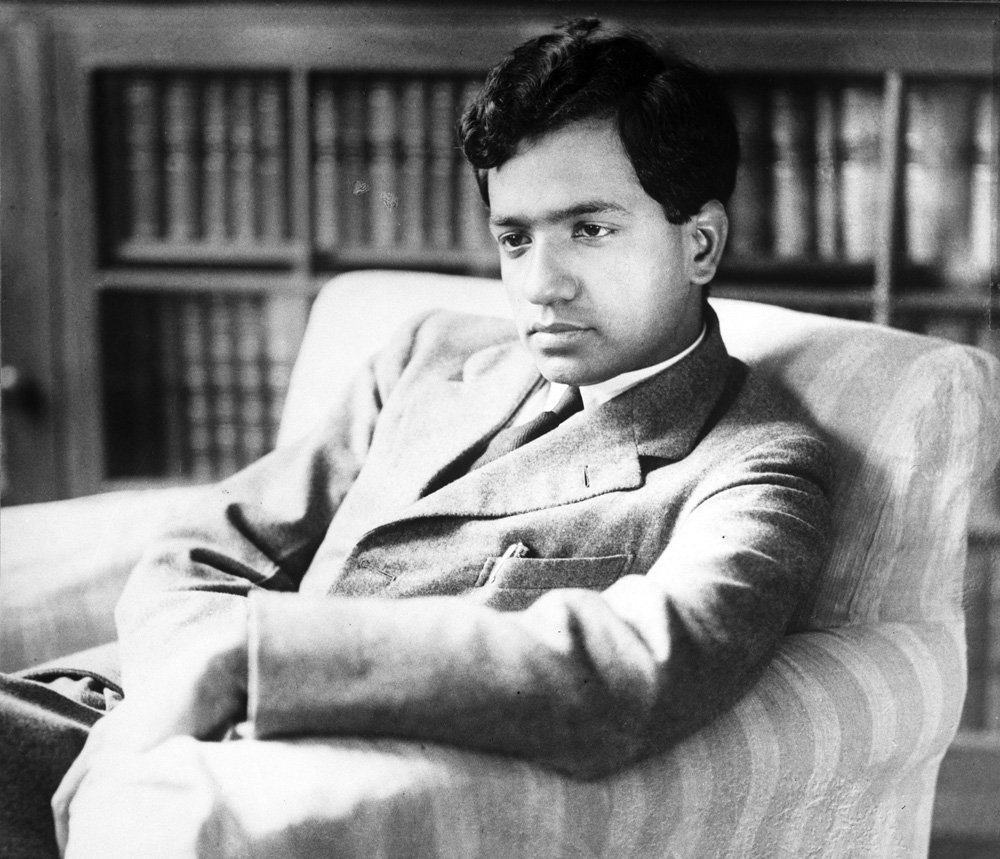 Subrahmanyan Chandrasekhar[/caption]
Subrahmanyan Chandrasekhar[/caption]